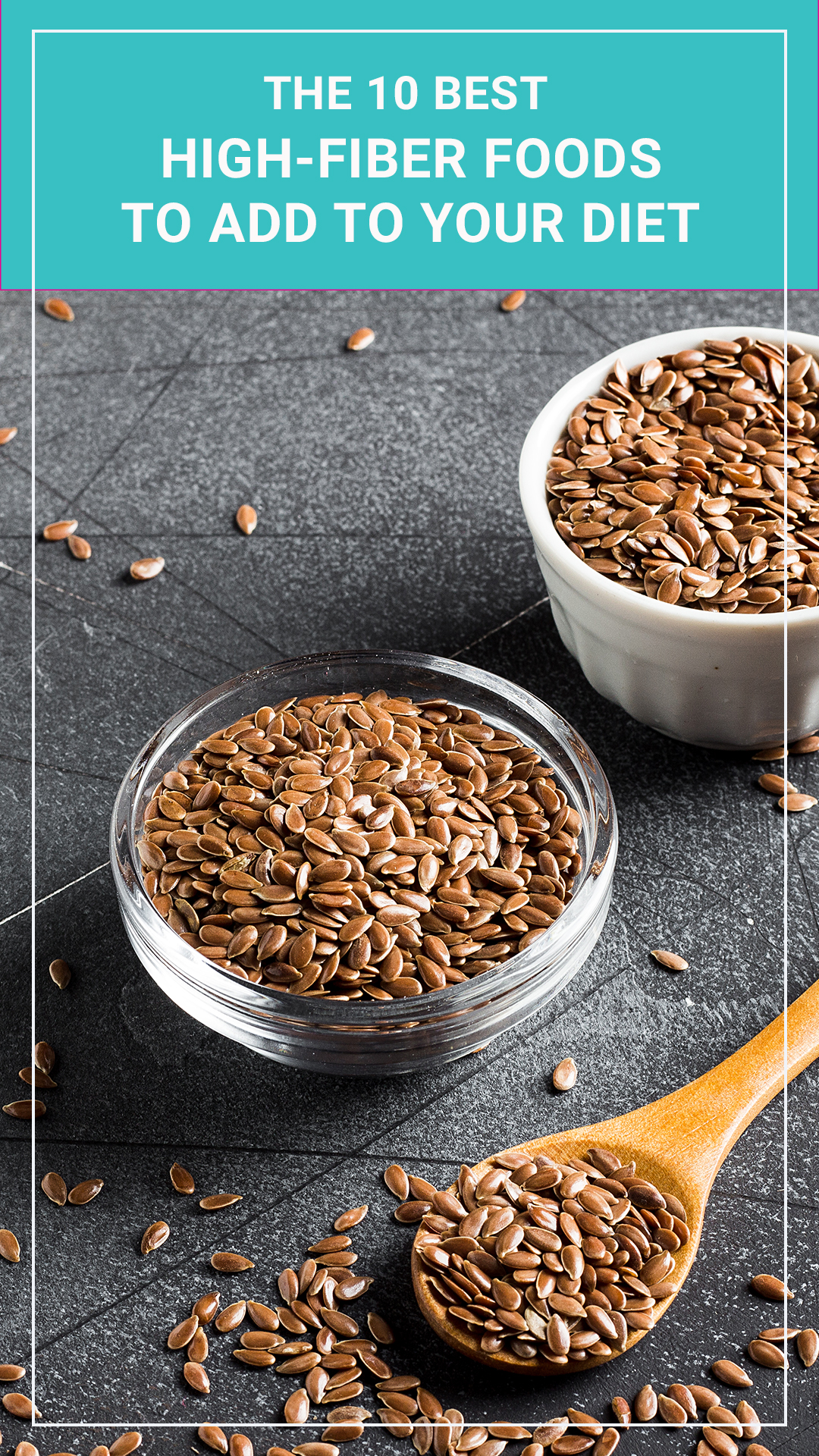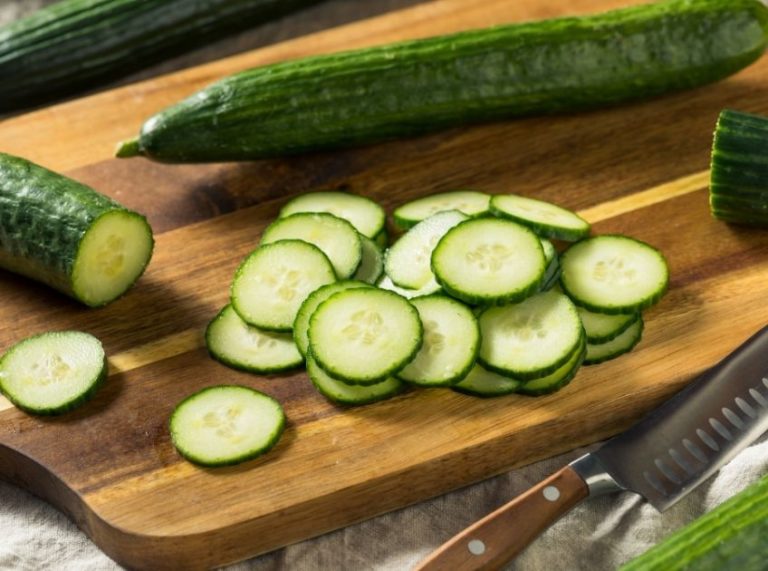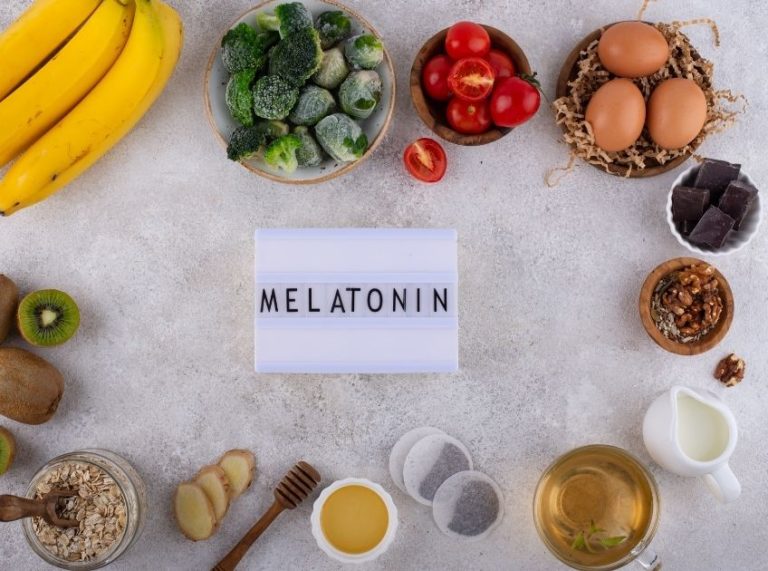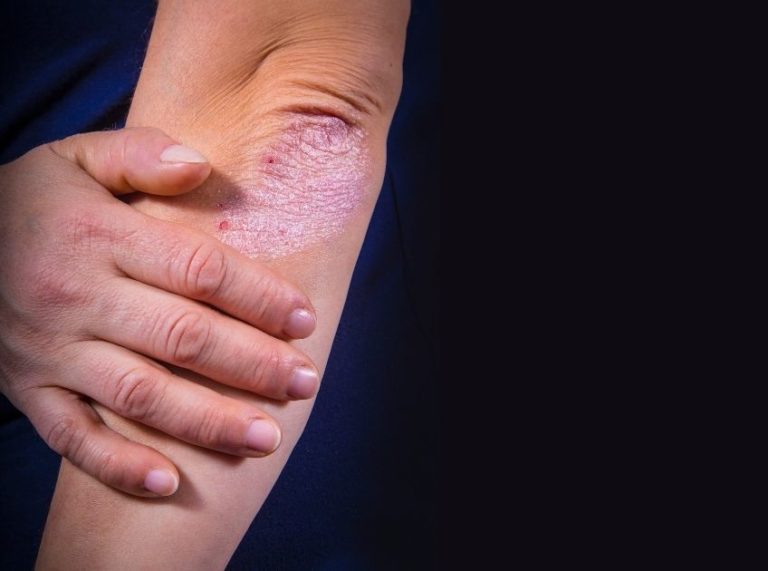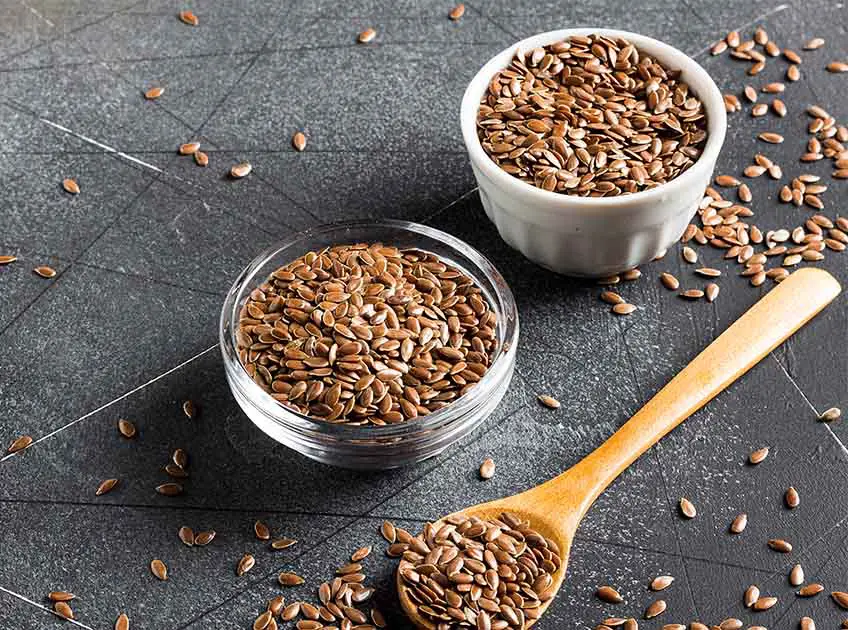
Important: This article is for informational purposes only. Please read our full disclaimer for more details.
Fiber is an important part of a healthy diet. It helps to keep our digestive system healthy and can also help to reduce the risk of heart disease and other chronic conditions. There are two types of fiber – soluble and insoluble. Most plant-based foods contain both types of fiber, but some foods are richer in one type than the other.
Article Contains
10 Foods Highest in Fiber
1. Oats
Oats are a good source of both soluble and insoluble fiber. The soluble fiber in oats helps to lower cholesterol levels and slow down the absorption of sugar into the bloodstream. The insoluble fiber helps to keep the digestive system healthy and prevents constipation.
[ Read: Is Yogurt Good For Cholesterol ]
2. Lentils
Lentils are a good source of soluble fiber. This type of fiber can help to lower cholesterol levels and slow down the absorption of sugar into the bloodstream. Lentils also contain some insoluble fiber, which helps to keep the digestive system healthy and prevents constipation.
3. Beans
Beans are a good source of both soluble and insoluble fiber. The soluble fiber in beans helps to lower cholesterol levels and slow down the absorption of sugar into the bloodstream. The insoluble fiber helps to keep the digestive system healthy and prevents constipation.
[ Read: The 10 Best Foods to Improve Digestion ]
4. Barley
Barley is a good source of both soluble and insoluble fiber. The soluble fiber in barley helps to lower cholesterol levels and slow down the absorption of sugar into the bloodstream. The insoluble fiber helps to keep the digestive system healthy and prevents constipation.
5. Psyllium Husk
Psyllium husk is a good source of soluble fiber. This type of fiber can help to lower cholesterol levels and slow down the absorption of sugar into the bloodstream. Psyllium husk also contains some insoluble fiber, which helps to keep the digestive system healthy and prevents constipation.
6. Flaxseeds
Flaxseeds are a good source of both soluble and insoluble fiber. The soluble fiber in flax seeds helps to lower cholesterol levels and slow down the absorption of sugar into the bloodstream. The insoluble fiber helps to keep the digestive system healthy and prevents constipation.
7. Fruit
Fruit is a good source of soluble fiber. This type of fiber can help to lower cholesterol levels and slow down the absorption of sugar into the bloodstream. Fruit also contains some insoluble fiber, which helps to keep the digestive system healthy and prevents constipation.
8. Vegetables
Vegetables are a good source of both soluble and insoluble fiber. The soluble fiber in vegetables helps to lower cholesterol levels and slow down the absorption of sugar into the bloodstream. The insoluble fiber helps to keep the digestive system healthy and prevents constipation.
9. Nuts
Nuts are a good source of both soluble and insoluble fiber. The soluble fiber in nuts helps to lower cholesterol levels and slow down the absorption of sugar into the bloodstream. The insoluble fiber helps to keep the digestive system healthy and prevents constipation.
10. Green Peas
Green peas are a good source of both soluble and insoluble fiber. The soluble fiber in green peas helps to lower cholesterol levels and slow down the absorption of sugar into the bloodstream. The insoluble fiber helps to keep the digestive system healthy and prevents constipation.
The ten foods listed above are all rich sources of either soluble or insoluble fiber, or both. Including these foods in your diet can help to keep your digestive system healthy and may also reduce the risk of heart disease and other chronic conditions.
You Might Also Like
- 12 Simple Ways to Fall Asleep Fast
- Top 20 Heart-Healthy Foods You Must Include in Your Diet!
- 10 Foods Are High in Insoluble Fiber
- 10 Foods High In Folic Acid
- How to Use Flax Seeds for Weight Loss?
- How to Use Psyllium Husk as Colon Cleanse?
- How to Take Apple Cider Vinegar to Lower Cholesterol?
- 20 Amazing Benefits Of Dragon Fruit (Pitaya) For Skin, Hair And Health
- 10 Healthy Foods are Rich in Minerals
- 9 Foods that Improve Circulation and Vein Health
- 10 Best Foods To Eat When You Have ADHD
- 10 Foods to Eat When You Have Gastritis
- 10 Foods High in Fatty Acids
- 10 Best Healthy Fat Foods That You Should Eat
- 10 Foods That Are High in Vitamin B9
- 10 Best Foods To Eat For Kidney Stones
- 10 Best Foods to Prevent Prostate
- 10 High Dietary Fiber Foods to Help Your Digestive Health
